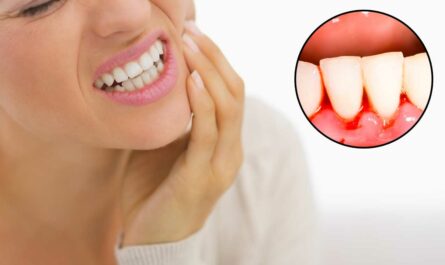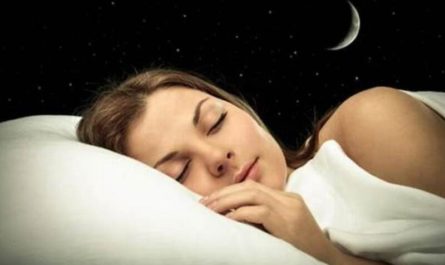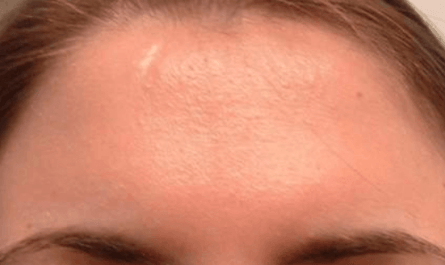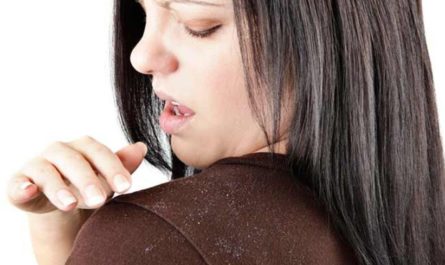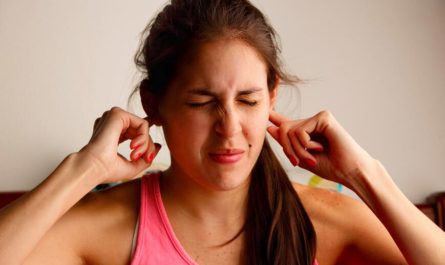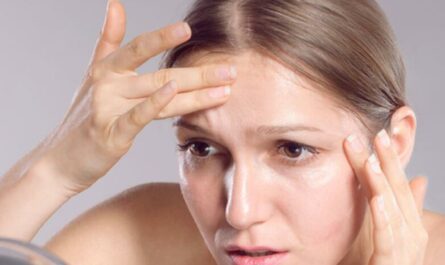Have you ever experienced the uncomfortable feeling of having water trapped in your ear after swimming or showering? It’s not only annoying but can also lead to infections if not removed properly. In this article, we will provide the ten best effective methods to get water out of your ear quickly and safely.
Understanding the Ear and How Water Gets Trapped
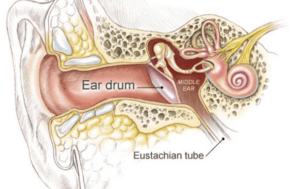
The ear is a complex structure that consists of three main parts: the outer ear, the middle ear, and the inner ear. The outer ear is the visible part of the ear that collects sound waves and directs them into the ear canal. The ear canal is a narrow, tube-like structure that leads to the middle ear. (Resource)
When water enters the ear canal, it can become trapped and cause discomfort or even an infection. This happens because the ear canal is lined with delicate skin that can swell when exposed to water. This swelling can trap the water in the ear canal, making it difficult to remove.
In addition, the shape of the ear canal can also contribute to water becoming trapped. The ear canal is not a straight line but rather a curved shape that can make it difficult for water to flow out naturally.
Common Causes of Water Getting Trapped in Ear
Water getting trapped in the ear is a common problem that can occur when water remains inside the ear canal after swimming or taking a shower. Some of the most common causes of water getting trapped in the ear include:
- Incorrect drying: Not drying the ears properly after bathing or swimming is a common cause of water getting trapped in the ear.
- Earwax buildup: When there is excessive earwax buildup, water can become trapped behind it, leading to a feeling of fullness and discomfort.
- Swimmer’s ear: This is an infection of the outer ear canal that occurs when water gets trapped inside and creates a moist environment that encourages bacterial growth.
- Narrow ear canals: Some people have naturally narrow ear canals, which can make it difficult for water to drain out.
- Middle ear infection: An infection in the middle ear can cause fluid to build up, making the ear feel full and uncomfortable.
- Foreign objects: Small objects such as beads or insects can get lodged in the ear canal, preventing water from draining properly.
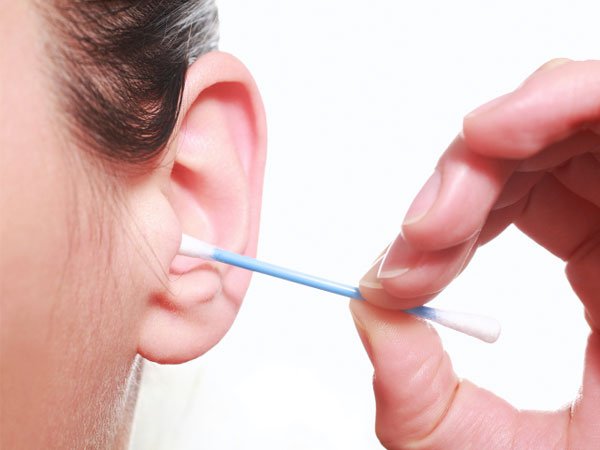
How to Get Water Out of Ear: 10 Effective and Safe Methods
Method 1: Gravity
One of the simplest methods to remove water from the ear is gravity. This method is generally safe and requires no special tools or materials. (Resource)
- Tilt your head to the affected side (the side with the water in the ear).
- Use your palm to create a vacuum by pressing it firmly over your ear. Make sure your hand is cupped so that no air can escape.
- While maintaining the vacuum, gently pull your hand away from your ear. This can help to create a negative pressure that can draw the water out of your ear canal.
- Tilt your head to the opposite side and allow the water to drain out of your ear.
- Repeat the process if necessary.
Method 2: Blow-drying
Blow-drying can help to get water out of the ear by evaporating the water and promoting drainage.
- Hold the blow dryer a few inches from your ear and set it to a low heat setting.
- Tilt your head to the affected side (the side with the water in the ear).
- Point the blow dryer at your ear and move it back and forth for about 30 seconds. The warm air can help to evaporate the water trapped in your ear.
- Tilt your head to the opposite side and allow any remaining water to drain from your ear.
- Repeat the process if necessary.
It’s important to use caution when using a blow dryer to remove water from the ear. Ensure the heat setting is low, and the blow dryer is held several inches from your ear. Additionally, do not use a blow dryer if you have any ear conditions or pain, as this can worsen the problem.
Method 3: Valsalva Maneuver
The Valsalva maneuver can help to get water out of the ear by creating a positive pressure in the ear canal that can push the water out. When you pinch your nose closed and blow out through your nose, the air pressure in your middle ear increases, which can help to force the water out of the ear canal.
Additionally, the Valsalva maneuver can help to equalize the pressure in your ear, which can be helpful if you have experienced changes in pressure, such as when flying or diving. However, be careful not to blow too hard, as it may cause damage to your eardrum.
- Pinch your nose closed with your fingers.
- Take a deep breath and hold it.
- Close your mouth and gently blow out through your nose. This will create a positive pressure that can help to push the water out of your ear.
- Repeat the process if necessary.
Method 4: Olive Oil
Olive oil can help to remove water from the ear by softening the earwax and loosening the water, making it easier for the ear to drain. The oil has a lubricating effect that can help to ease any discomfort or pain associated with water trapped in the ear.
Additionally, olive oil is a natural and gentle remedy that does not contain any harsh chemicals that can cause further irritation to the ear.
- Warm some olive oil to body temperature. You can do this by placing the bottle in a bowl of warm water for a few minutes.
- A dropper puts a few drops of warm olive oil into the affected ear.
- Tilt your head to the opposite side and allow the oil to sit in your ear for about 10 minutes. This can help to soften the wax and loosen the water.
- Tilt your head to the affected side and allow the oil and water to drain from your ear onto a towel.
- Repeat the process if necessary.
Olive oil is generally safe and gentle for most people, but it’s essential to use caution if you have any ear conditions or allergies to olive oil.
Method 5: Alcohol and Vinegar
A mixture of alcohol and vinegar can be an effective home remedy to get water out of the ear. The alcohol in the mix helps to evaporate the water, while the vinegar helps to prevent bacterial growth and reduce inflammation in the ear. (Resource)
This remedy is generally safe and effective for most people, but it’s essential to use caution if you have any underlying ear conditions or allergies to any ingredients.
- Mix equal parts of white vinegar and rubbing alcohol in a small bowl.
- Use a dropper to put a few drops of the mixture into the affected ear.
- Tilt your head to the opposite side and allow the mixture to sit in your ear for about 30 seconds.
- Tilt your head to the affected side and allow the mixture and water to drain from your ear onto a towel.
- Repeat the process if necessary.
Method 6: Steam
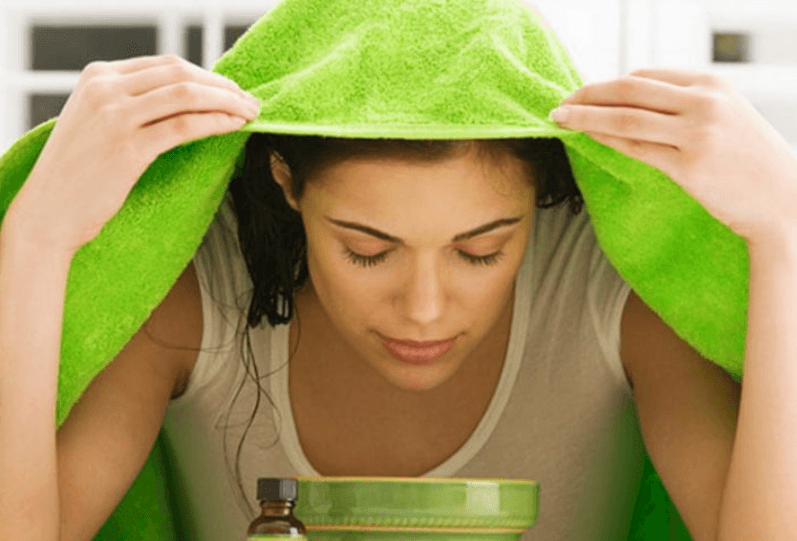
Inhaling steam can help to open up the Eustachian tube and allow the water to drain out of the ear. The heat and moisture from the steam can also help to loosen any mucus or wax buildup in the ear, which can further aid in the drainage process.
Steam is also a natural and gentle remedy that does not contain any harsh chemicals or irritants that can cause further damage or irritation to the ear. However, it’s essential to use caution when using this method, as getting too close to the hot water or steam can cause burns.
- Fill a bowl with hot water.
- Place your face over the bowl, being careful not to get too close or burn yourself, and drape a towel over your head to create a steam tent.
- Inhale the steam through your nose for about 10-15 minutes. This can help to open up the Eustachian tube and allow the water to drain out of the ear.
- Tilt your head to the affected side and allow the water to drain out of your ear onto a towel.
- Repeat the process if necessary.
Method 7: Over-the-Counter Drops
Over-the-counter drops are a common remedy for getting water out of the ear. These drops contain ingredients that can help dry the water and promote drainage. Here are the steps to follow:
- Purchase over-the-counter ear drops from a pharmacy or drugstore.
- Tilt your head to the affected side and place a few drops of the solution into the ear.
- Gently massage the ear by pressing on the tragus (the small protruding part of the ear in front of the ear canal) to help the drops work their way into the ear.
- Tilt your head to the opposite side and allow the solution and water to drain out of your ear onto a towel.
- Repeat the process if necessary.
It’s essential to follow the instructions on the package carefully and not to use the drops for longer than recommended. Overuse of these drops can cause irritation or damage to the ear canal.
Method 8: Chewing Gum
Chewing gum is a popular home remedy for removing water from the ear. When you chew gum, your jaw muscles move, which can cause the air pressure in your mouth to change. This change in pressure can create a suction that can help to draw the water out of your ear canal. (Resource)
In addition, chewing gum can also help to stimulate the production of saliva, which can help to moisten and lubricate the ear canal. This can make it easier for the water to move out of the ear.
- Chew a piece of sugarless gum until it becomes soft and pliable.
- Use your fingers to mold the gum into a small, cone-shaped plug.
- Gently insert the plug into your ear canal, careful not to push it too far.
- Wait a few minutes while the gum absorbs the water in your ear.
- Slowly and carefully remove the gum plug from your ear.
This method can be effective for removing water from the ear. Still, it’s essential to use sugarless gum to avoid introducing additional sugar into your ear canal, which could cause an infection.
Method 9: Yawn
Yawning is another home remedy some people use to get water out of their ears. Here are the steps to follow:
- Tilt your head to the affected side (the side with the water in the ear).
- Open your mouth wide and yawn several times in a row.
- Yawning may help open up your Eustachian tube, which connects your middle ear to the back of your throat. This can help to equalize the pressure and encourage the water to come out.
- If the water doesn’t come out after a few attempts, try tilting your head to the other side and repeating the process.
It’s important to note that while yawning may be helpful for some people, it’s not a guaranteed method for getting water out of the ear.
Method 10: Hydrogen peroxide
Hydrogen peroxide is commonly used to get water out of the ear. It can help break up any ear canal blockages and loosen the water.
Hydrogen peroxide releases oxygen when it comes into contact with water, causing the water to bubble and fizz. This can help dislodge any earwax, dirt, or other debris blocking the ear canal, allowing the water to drain out more quickly.
- Tilt your head to the affected side (the side with the water in the ear).
- Use a dropper to place a few drops of 3% hydrogen peroxide into your ear canal. You can purchase hydrogen peroxide at most drugstores.
- Wait a few minutes, allowing the hydrogen peroxide to bubble and fizz. This can help to break up any blockages in your ear canal and encourage the water to come out.
- Tilt your head to the opposite side and allow the hydrogen peroxide and water to drain from your ear.
- Repeat the process if necessary.
It’s important to use caution when using hydrogen peroxide in your ear, as it can cause irritation or damage if used improperly. Do not use hydrogen peroxide if you have a perforated eardrum or any other ear condition.
How to prevent water stuck in your ear?
To prevent water from getting stuck in your ear, here are some tips:
- Use earplugs: Wearing earplugs while swimming or taking a shower can prevent water from entering your ear canal.
- Dry your ears: After swimming or showering, use a towel to dry your ears thoroughly. Tilt your head to the side and gently pull your earlobe down to help water drain out of your ear.
- Use a blow dryer: Set a hair dryer on the lowest heat setting and hold it a few inches away from your ear. Move it back and forth to help evaporate any remaining water.
- Try a vinegar and alcohol solution: Mix equal parts white vinegar and rubbing alcohol and use a dropper to put a few drops into your ear after swimming. This solution can help dry up any remaining water and prevent infections.
- Avoid inserting objects into your ear: Avoid using cotton swabs, bobby pins, or other objects to remove water from your ear. These objects can push the water further into your ear canal and cause damage.
When to see your doctor?
While most cases of water in the ear can be treated at home with the remedies mentioned, there are some situations where it’s essential to seek medical attention. Here are some signs that you should see a doctor:
- Severe pain or discomfort in the ear
- Difficulty hearing or a feeling of fullness in the ear
- Drainage from the ear
- Dizziness or loss of balance
- Symptoms that persist for more than a few days despite home treatment
- History of ear infections, ear surgery, or a perforated eardrum
- Presence of other medical conditions, such as diabetes or immune system disorders
If you experience any of the above symptoms or are unsure how to treat water in your ear, it’s always best to consult a medical professional.

